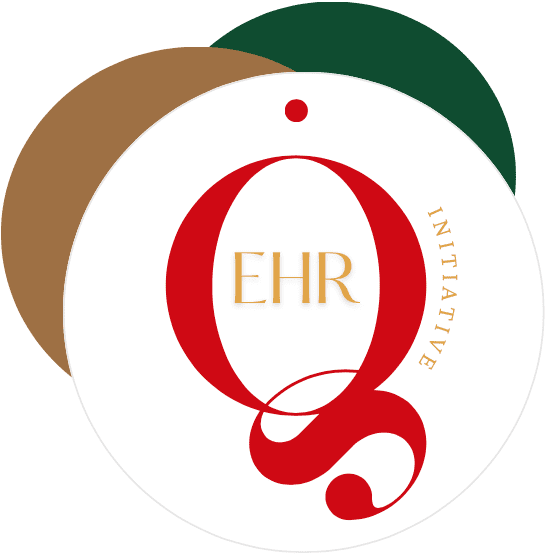Note 1
Ethical professionals sworn by a hippocratic oath work hard to develop quality courses that are original, evidence-based, and focused on providing the most up-to-date information to ensure patient safety and optimal outcomes.
Note 2
With the rise of technology, professional plagiarism has an impact on healthcare education as intellectual property can be easily reappropriated without an accrediting force.
Note 3
Without educational initiatives, these bodies of work and intellectual properties cannot be protected, hindering professional development and growth
Influence Over Efficacy
This can and has quickly led to educators teaching courses they lack the depth and understanding to properly convey concepts to their students without introducing varied levels of negligence to the growing elective professional healthcare population, allowing popularity and influence to lead the helm of medical academia in the body altering aesthetics industry.
Copying Course Content
Directly copying materials from existing accredited courses, including lecture slides, handouts, and other learning resources. This not only violates copyright but also fails to ensure the information is current or tailored to the specific needs of the Body Altering Aesthetics industry.
Rebranding Outdated Information
Taking outdated information from non-accredited sources or past editions of textbooks and repackaging it as new content. This has led to students learning practices that are no longer considered safe or effective.10-14
Misrepresenting Expertise
Professionals with limited experience or knowledge in specific areas of Body Altering Aesthetics developing and teaching courses beyond their competence. This often has resulted in students receiving inaccurate or misleading information, harming clients.
References:
10. Nitterhouse, Denise. “Plagiarism–Not Just an “Academic Problem.” Teaching Business Ethics 7.3 (2003): 215-227. 11. Arce, Daniel G., Walter Enders, and Gary A. Hoover. “Plagiarism and its impact on the economics profession.” Bulletin of Economic Research 60.3 (2008): 231-243. 12. Compton, Josh, and Michael Pfau. “Inoculating against pro-plagiarism justifications: Rational and affective strategies.” Journal of Applied Communication Research 36.1 (2008): 98-119. 13. Larkham, Peter J., and Susan Manns. “Plagiarism and its treatment in higher education.” Journal of Further and Higher Education 26.4 (2002): 339-349. 14. Masic, Izet. “Plagiarism in scientific research and publications and how to prevent it.” Materia socio-médica 26.2 (2014): 141.
